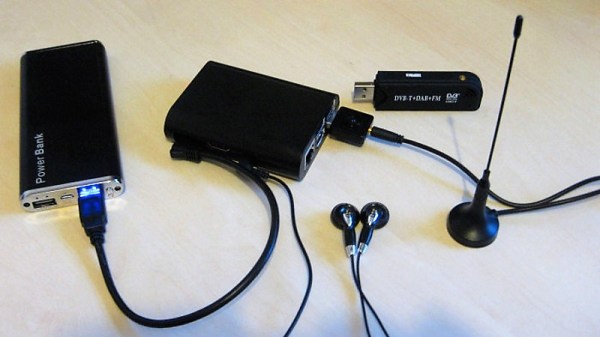A team of college hackers was disappointed with the selection of secure purses available. Nearly every purse on the market is attractive, secure, or neither so they are designing their own security purse with some style. Instead of just brass or leather clasps keeping unwanted hands out, they are upgrading to automation and steel.
Everything starts with a fingerprint reader connected to an Arduino. Once an acceptable finger is recognized, a motor opens a coffin lock, also known as a butt-joint fastener, which can be completely hidden inside the purse and provides a lot of holding force. That is enough to keep quick fingers from reaching into an unattended purse.
In the case of a mugging, a sound grenade will trigger which should convince most thieves to quickly abandon it. Then, the internal GPS tells the owner where the purse can be found.
We can’t imagine a real-life purse thief prepared to tackle this kind of hardware. Hackaday loves knowing the ins and out of security from purses to cars and of course IoT.













